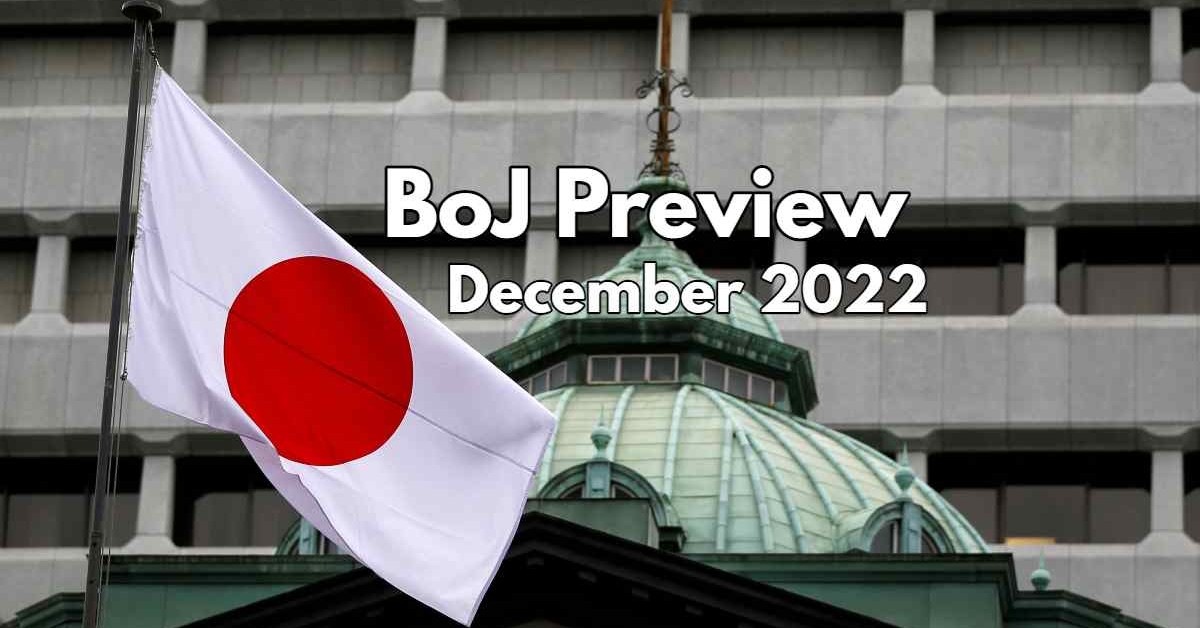Consensus expectations for no change
Bank of Japan (BoJ) started its two-day meeting today, and tomorrow, Tuesday, December 20, will publish its announcement. The consensus expectation is that the central bank will maintain its current policies, holding the -0.1% target for short-term rates and a 0% cap for the 10-year bond yield under its yield curve control (YCC) policy.
Among major central banks, BoJ is one of few central banks in line with PBoC that stick to its accommodative policies, as they see the economy still needs support for more robust recovery and growth. However, market participants expect no policy change, not just in this meeting but even in the next three meetings; they are still looking for any sign of when the central bank will start raising the rates. Kuroda's term of office as the central bank governor will end in April next year, and investors are waiting for extensive policy changes after that. Investors will also watch the governor's remarks on the inflation outlook and the possibility of a review of policy and his comments about BoJ and government cooperation.
One of the reasons that BoJ policymakers may still believe in accommodative policies is the weak economic data. Annual producer price inflation rose to 9.3% in November, and Japan's inflation at 3.6% has further pulled apart from the central bank's 2% target. The final quarterly GDP for Q3 of 2022 at -0.2% also was disappointing. In addition, recently published Purchasing Managers' Index (PMI) figures also show a reduction of activities in the manufacturing and services sectors, reacting to the softening global demand. With all these data, Japan's economic outlook is poor, and now recession concerns are rising in the world's third-biggest economy.
While in the past few weeks, the USD/JPY was driven primarily by the dollar's weakness, however with inflation and rate hike predictions after BoJ's meeting and Mr. Kuroda's press conference, the Japanese Yen has the potential for a sharp raising. Following support for USDJPY sitting around 133. On the flip side, 139 and 142 are the primary resistances. While we are waiting to see the Yen raising after the meeting, Nikkei 225 also has growth potential if it can rebound above 20 DMA at 27,885; otherwise, side movement can last longer.


















